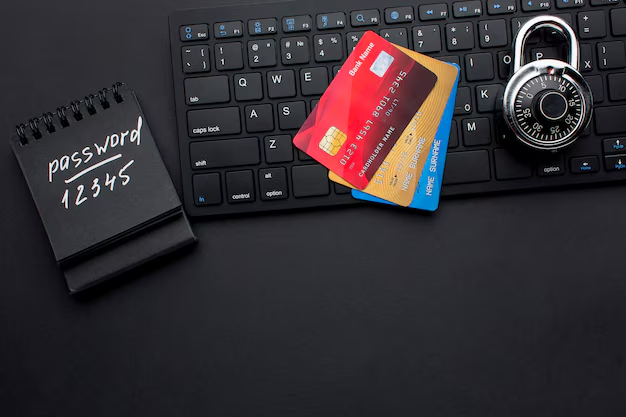In today’s digital age, credit cards have become a convenient tool for managing finances and making purchases. However, they are also a prime target for scammers looking to exploit vulnerabilities. Credit card scams can lead to unauthorized transactions, drained accounts, and identity theft, causing significant financial and emotional distress. To protect yourself, it’s essential to stay vigilant and adopt robust security practices.
Understanding Common Credit Card Scams

Phishing scams often involve fake emails or text messages pretending to be from your bank or credit card issuer, urging you to provide personal details or visit counterfeit websites. Card skimming is another common tactic, where devices are installed on ATMs or point-of-sale systems to steal card information during transactions. Fraudsters posing as tech support agents may claim there’s an issue with your account to trick you into sharing your details. Using unsecured public Wi-Fi for banking or online purchases can expose your data to hackers. Social engineering scams manipulate victims by gaining their trust and convincing them to divulge sensitive information.
Steps to Safeguard Your Credit Card Information
Enable transaction alerts through your banking app to monitor card activity in real time. Always verify the legitimacy of emails, messages, or calls that request your card details, and avoid clicking on suspicious links. When shopping online, stick to trusted websites and ensure they use secure connections (look for “https” in the URL). Avoid using public Wi-Fi for financial transactions and consider using a virtual private network (VPN) for added security. Monitor your bank statements regularly to catch any unauthorized transactions early. For physical security, store your card in a safe place and shield the keypad when entering your PIN. Consider enabling two-factor authentication (2FA) for online accounts linked to your card for an extra layer of security.
What to Do If You’re a Victim of a Credit Card Scam
If you suspect fraudulent activity, contact your credit card issuer immediately to report the issue and freeze your card. File a dispute for unauthorized transactions and check if your card provider offers fraud protection policies. Change your online banking passwords and monitor your credit report for any unusual activity. You may also need to report the scam to your local authorities or the Federal Trade Commission (FTC).
Conclusion
While credit card scams are a persistent threat, taking proactive steps can significantly reduce your risk. Staying informed, adopting secure practices, and monitoring your financial activity are key to safeguarding your credit card information. Remember, vigilance is your best defense against scams in an increasingly digital world.
FAQs
How can I secure my card details on public Wi-Fi?
Avoid conducting financial transactions on public Wi-Fi. If necessary, use a VPN for added security.
What should I do if I receive a suspicious email about my credit card?
Avoid clicking on links or downloading attachments. Verify the sender by contacting your card issuer directly through official channels.
How often should I check my bank statements?
Ideally, review your statements weekly to catch any unauthorized transactions promptly.
Are mobile wallet payments safer than using physical credit cards?
Yes, mobile wallets often use encryption and tokenization, making them more secure than physical cards.
What is two-factor authentication, and how does it protect me?
Two-factor authentication adds an extra layer of security by requiring a second form of verification, such as a text message code, in addition to your password.
Should I use a credit monitoring service?
Yes, credit monitoring services can alert you to unusual activity and potential fraud on your accounts.
What is the liability limit for unauthorized credit card transactions in the U.S.?
Under federal law, your liability for unauthorized charges is typically limited to $50, and many credit card issuers waive this entirely.

